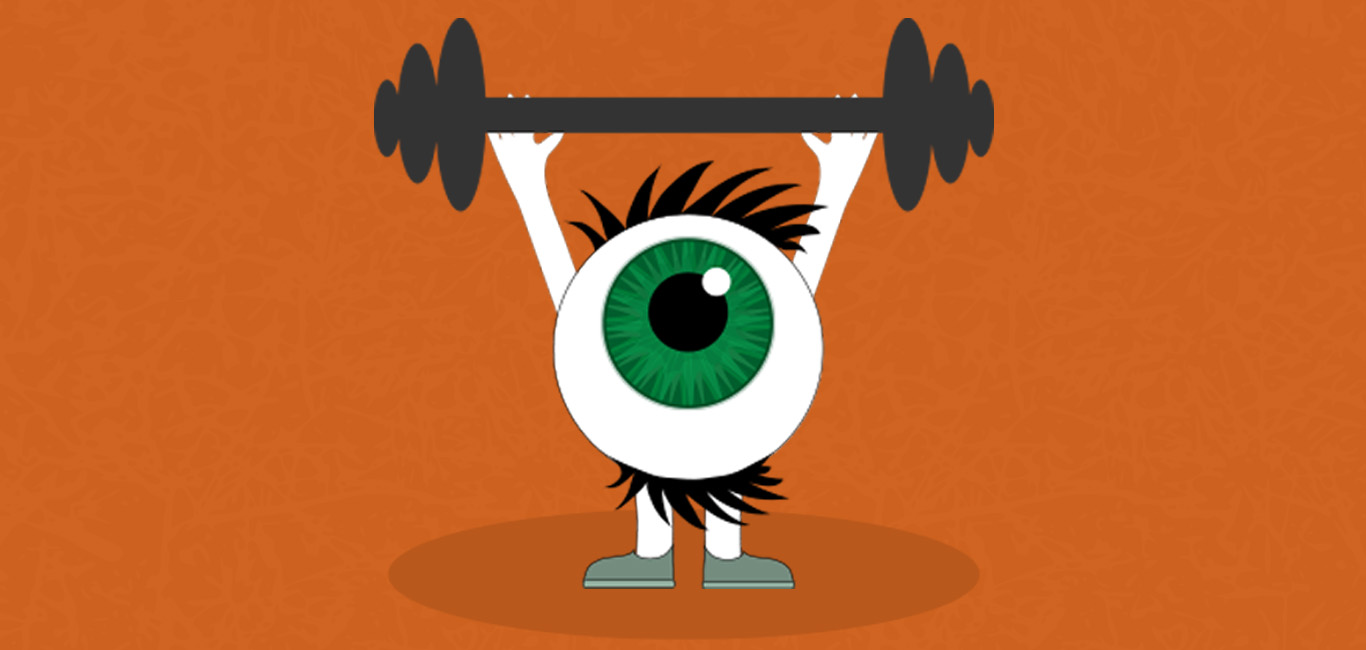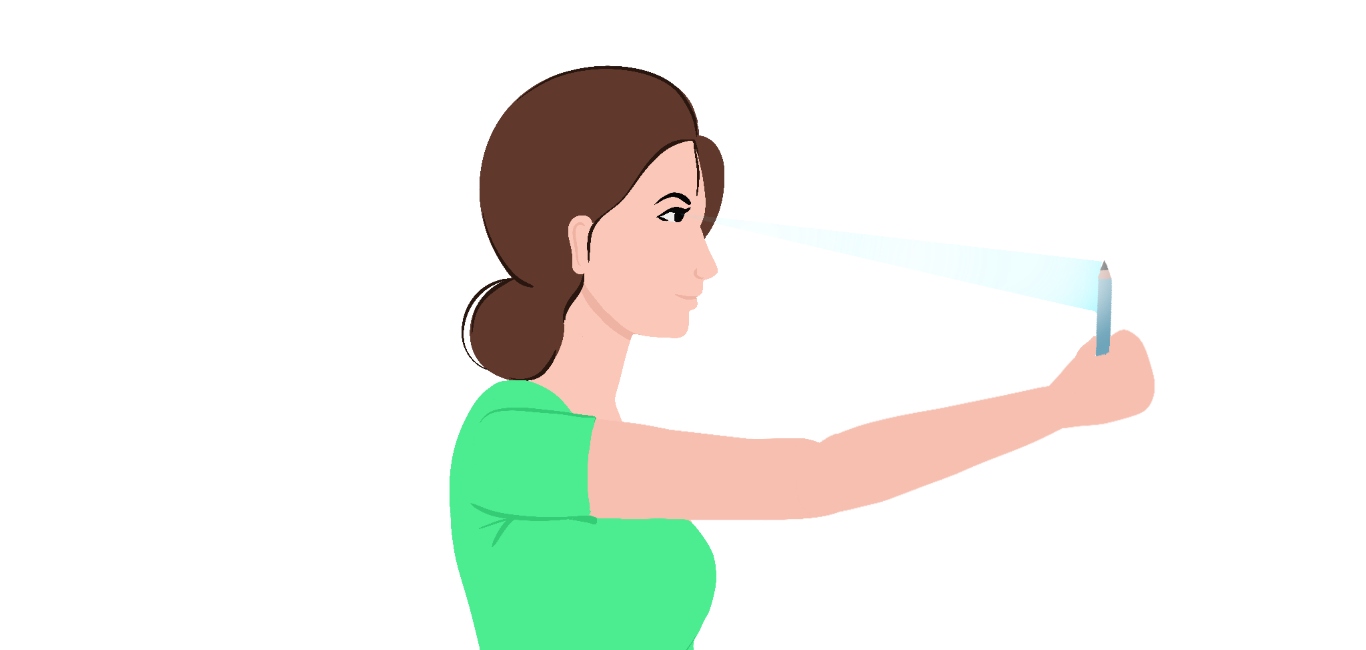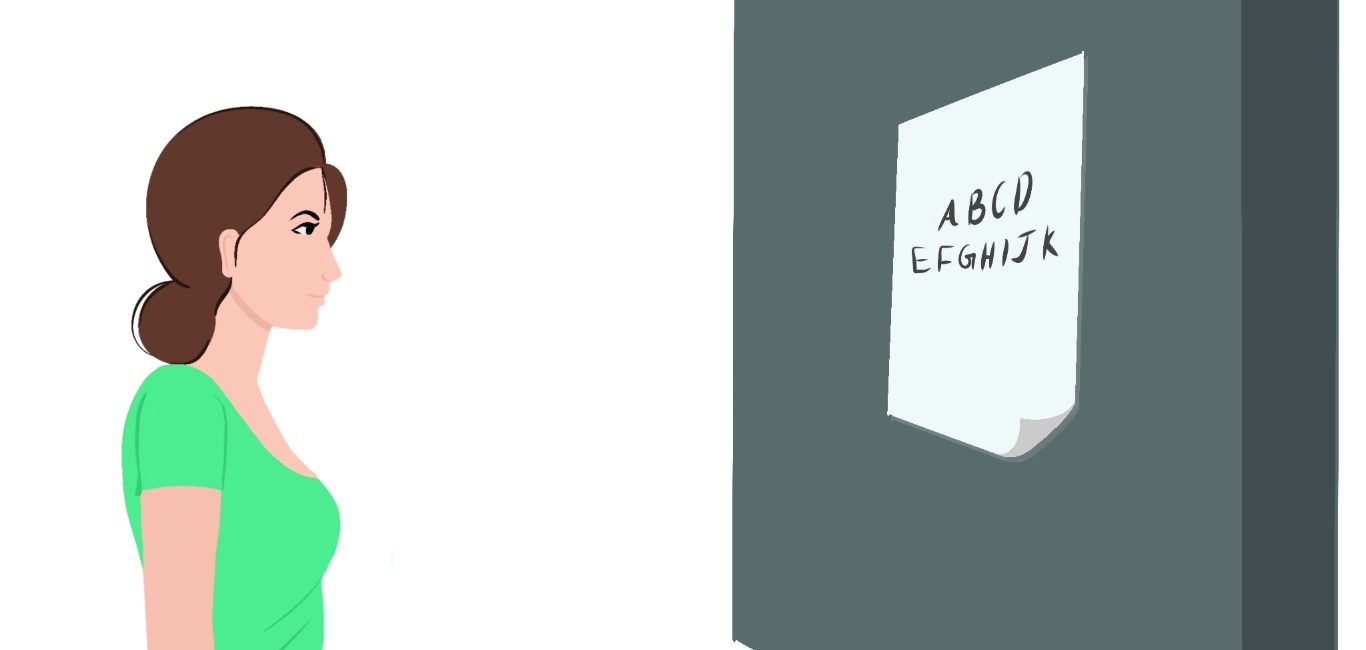
Our eyes take a lot of beating throughout the day with constant use of digital devices. With this comes issues like strain, uneasiness and dry eyes to name a few.
Multiple research papers reveal that eye exercises along with pranayama improve the overall visual acuity and level of alertness. A study on pranayama and eye exercises for visual acuity of medical students saw significant improvement among the 60 participants.
Dr M. Sathish Kumar, MPT, (PhD), Founder, School for Perfect Vision, Coimbatore, says that lenses and glasses can only improve your vision and not the overall eye health. He follows a holistic programme for vision improvement through eye exercises, eye massage, rejuvenation therapy and relaxation.
“Regular eye exercise can reduce the effects of digital eye strain, lazy eyes, myopia, and squinting,” added Dr Kumar.
Eye workouts prevent blurred vision and fatigue. “Do not anticipate these eye exercises to enhance your eyesight overnight. With consistent practice, they have the potential to help manage focusing problems and eye strain over time,” says Dr Ayana Raj, Ayurveda eye expert, Adichunchanagiri Ayurvedic Medical College and Research Centre, Bengaluru.
Committing to at least 10 minutes per day of eye exercise will significantly affect the amount of pressure placed on your eyes due to activities such as working long hours or scrolling through social media, she added.
Eye workouts can be beneficial for children and adults as they spend hours in front of electronic devices. She says that it is essential for children under 12 years to practice the exercises regularly to strengthen their visual system.
How eye exercises work
Devansh S, a 10-year-old student spoke to Happiest Health about how he benefited from eye exercises. “My vision improved after practising eye exercises regularly for three months. I couldn’t see the blackboard clearly from eight feet away before, but now I can see it clearly from even ten feet away,” he says.
Dr Raj says that like other body parts, the eyes require exercise to keep them healthy and strong. You must take some time every day to perform simple eye exercises even if you think your eyes are healthy.
We advise you to talk to your ophthalmologist before starting with the practice.
The Central Council for Research in Ayurvedic Sciences (CCRAS) advises some eye exercises that you can try three to four times a week to enhance your vision and maintain it as you age.
Breathing exercise

Relaxation of the body and mind is the first step towards better eye health. Stress and strain may cause contraction of the muscles, including the eyeballs. It is easy to relax the eye muscles by the deep breathing technique. Always start your eye exercise with this regimen.
How to do:
- Close your eyes and concentrate on your breathing pattern
- Slowly breathe in and out, observing the airflow in and out of your nostrils
- Do this for 3-5 minutes
Blinking exercise

Blinking is a natural action that relieves the eyes from straining. It also redistributes the tears over the eye surface to prevent dryness and itching. This allows the eye muscles to relax for a few moments and keep them loose.
How to do
- Take 2 minutes to focus on conscious blinking
- Every 3 to 4 seconds, blink as many times as you can
Palming exercise

Palming is a yogic eye exercise that loosens the muscles around the eyes, thus reducing eye weakness. It takes about 5-10 minutes to perform and is best done in a quiet environment.
How to do:
- Sit in a comfortable chair and place your elbows on the table
- Gently rub the palms together to warm them up
- Place the warm palms gently over the eyes and keep them in place for a minute
- The hands should be cupped over the eyes to avoid direct pressure
- The nose should not be covered. Keep the fingers close to prevent light from entering from the gaps
- Continue deep breaths as you perform this exercise. Repeat for 5 minutes
Eye toning & rolling exercise

Rolling the eyes in an clockwise and anticlockwise manner helps to tone the eye muscles. It improves blood circulation and oxygenation within the eyes.
How to do:
- Sit comfortably in a chair with support for the head, neck and back
- Look straight, slowly move the eyes in the clockwise direction
- Now reverse to the anti-clockwise direction and gradually increase the eye-rolling speed
- Repeat this 10-15 times
Near and far focus exercise

This exercise helps to train the eyes to focus well.
How to do:
- Hold an object, like a pencil, at arm’s length and focus your vision on it
- Now, slowly move the pencil towards the nose until the eyes can no longer focus. Repeat this 10 times
Eye movement exercise

This eye exercise help to improve the flexibility of eye muscles.
How to do:
- Sit 10 feet away from a blank wall
- Now stare at the wall and pretend to write letters on the wall with your eyes
- Do so without moving the head
- This will exercise the different muscles attached to the eyeballs and also improve eye accommodation capacity
- Try to do this for 2-3 minutes
Two important yogic therapies for eye health
Matsyasana (fish pose) and trataka kriya (yogic gazing) are two powerful yogic poses and practices for improved eye health, Dr Raj concludes.
Read more about Trataka here.
How to do Matyasana

- Rest your lower back on the floor and then slide your arms underneath your body.
- Bring them close to each other while trying to hide your elbow under your back. Stretch out the legs
- Inhale deeply. Open the chest, roll the shoulder back and try to bring the head onto the floor
- Gaze upward and hold the position for 10-15 seconds. Now release the pose. Do it thrice a day for 5-10 minutes


















2 Responses
I have been advised to go for cataract procedure in my left eye. Can you suggest me the right and the safest procedure (robotic etc) and the right type of lense (bifocal trifocal etc)
Thank you for writing to us, Mr Mathur.
We recommend that you consult your ophthalmologist as they would advise you on the right procedure based on your health condition.
Please continue to read Happiest Health and refer us to your friends and relatives.
Thanks, Sudhakar Jha